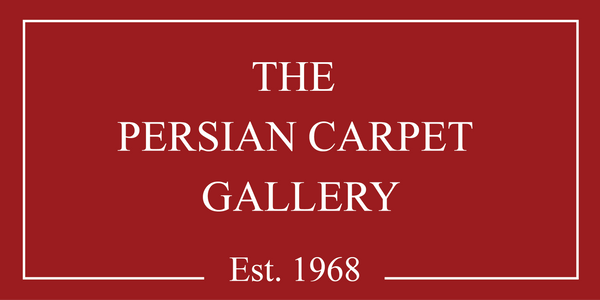Blogs
Floral Mashhad Carpet in Museo Poldi-Pezzoli, Milan
This exquisite late 16th-century Persian carpet, now housed in the Museo Poldi-Pezzoli in Milan, exemplifies the artistic excellence of the Safavid era. Originating from East Persia, it features a dense Persian knot count of 410,000 knots per square meter and a rich wool pile.
While Herat was historically considered the primary hub of carpet weaving in Khorasan, the sacred city of Mashhad also played a significant role. As a major pilgrimage center, Mashhad fostered a thriving carpet industry, supported by offerings made at its holy shrines.
The carpet's design is a breathtaking display of floral motifs, intricate arabesques, and stylized palmettes, arranged in an organic, asymmetrical pattern. These elements extend into the wide border, creating a sense of movement and depth. This masterpiece remains a testament to the enduring beauty and cultural significance of Persian weaving.
All-Over Animal and Floral Carpet: A Masterpiece of 16th-Century Persian Weaving
The All-Over Animal and Floral Carpet is a 16th-century Persian masterpiece, likely from Isfahan, and is now part of the Österreichisches Museum für angewandte Kunst (MAK) in Vienna. Measuring 185 x 120 cm, this fragment represents one-eighth of the original rug and remains well-preserved, apart from areas affected by dye mordants.
With an impressive knot density of 515,900 knots per square meter, the rug features a yellow silk warp, double weft of light brown silk, and a fine wool pile. Its intricate design showcases mythical and natural motifs, including a lion battling an ox, a leopard, a dragon, and a deer, set among palmettes and floral patterns. The three-band borderfeatures medallions, cloud bands, and arabesques, reflecting Safavid-era artistic excellence.
This carpet is a testament to Persian craftsmanship, embodying the rich artistic heritage of Safavid Persia, making it a treasured piece for collectors, historians, and art enthusiasts.
Floral Carpet with Arabesques – A Masterpiece of Persian Weaving
This exquisite 16th-century Persian rug from Mashhad is a testament to the golden age of Persian carpet weaving. Commissioned by Shah Abbas the Great, it confirms Mashhad’s prominence as a weaving center during the Safavid era. Measuring 560 x 354 cm, the rug features an impressive density of 490,000 knots per square meter, with a wool pile and flat-woven silver thread, creating a stunning relief effect. Its intricate floral patterns and arabesques showcase Persian artistic brilliance. Remarkably well-preserved, this masterpiece remains a symbol of elegance, craftsmanship, and cultural heritage, housed in the Shrine of the Mosque at Mashhad.



